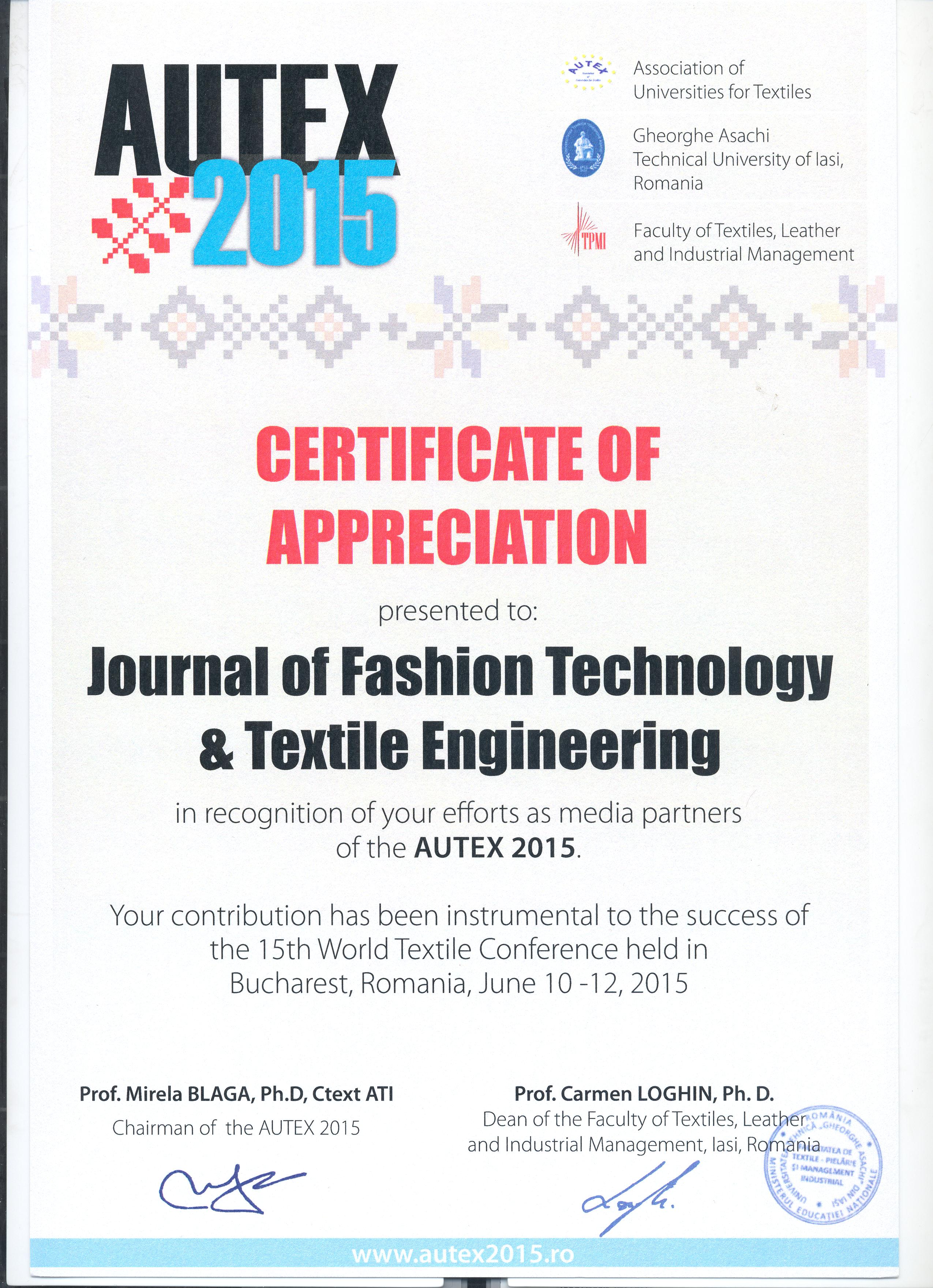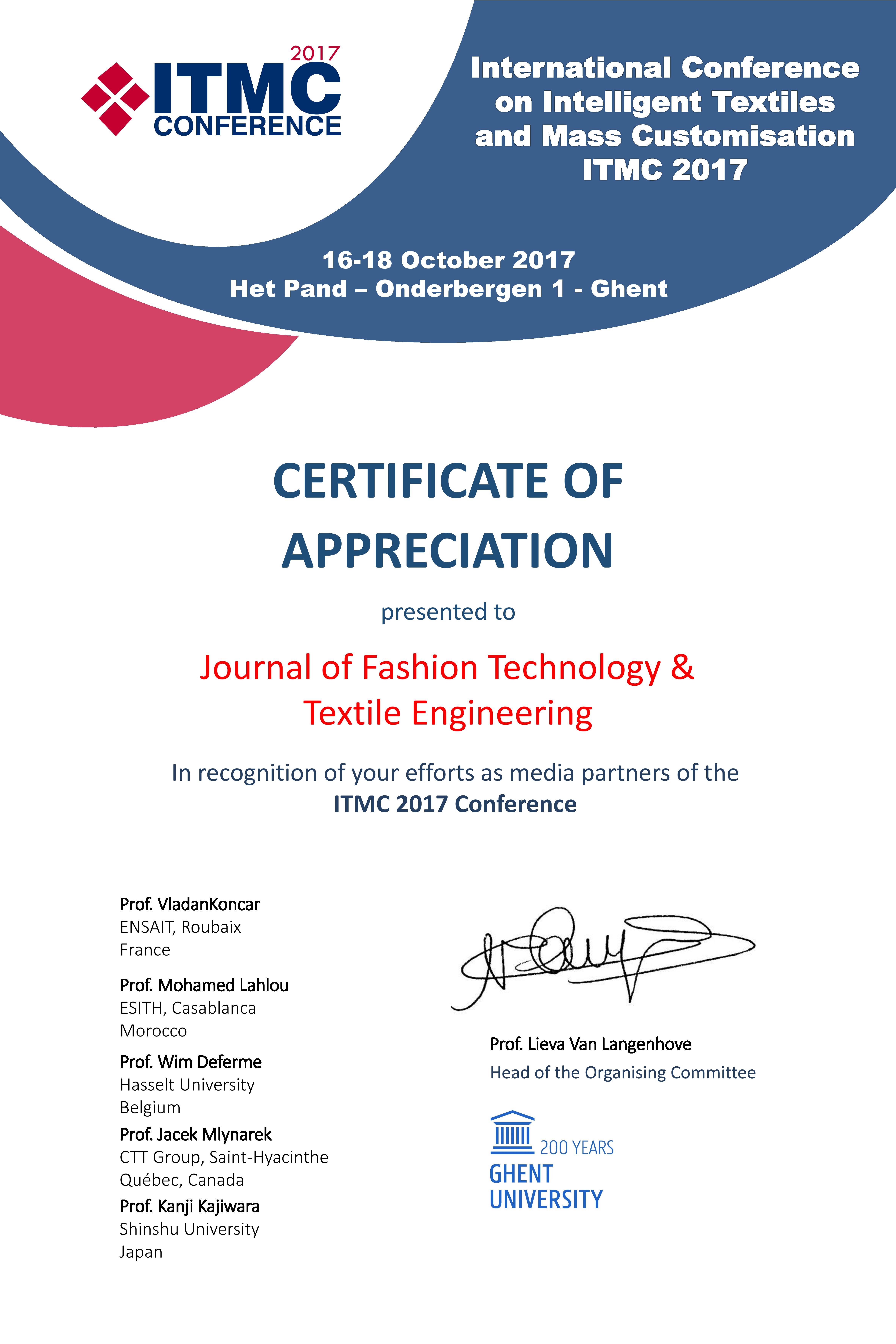Commentary, J Fashion Technol Textile Vol: 12 Issue: 6
Significance of Traditional Embroidery: Learning of Craftsmanship and Cultural Identity
Madihia Boimin*
1Department of Clothing and Textiles, Seoul National University, Seoul, South Korea
*Corresponding Author: Madihia Boimin,
Department of Clothing and Textiles,
Seoul National University, Seoul, South Korea
E-mail: madihia_boimin@gmail.com
Received date: 26 November, 2024, Manuscript No. JFTTE-24-155260;
Editor assigned date: 28 November, 2024, PreQC No. JFTTE-24-155260 (PQ);
Reviewed date: 12 December, 2024, QC No. JFTTE-24-155260;
Revised date: 20 December, 2024, Manuscript No. JFTTE-24-155260 (R);
Published date: 27 December, 2024, DOI: 10.4172/2329-9568.100038
Citation: Boimin M (2024) Significance of Traditional Embroidery: Knowledge of Craftsmanship and Cultural Identity. J Fashion Technol Textile 12:6.
Description
Traditional embroidery is a endless art form that embraces deep cultural significance and showcases the craftsmanship of artisans from various regions around the world. Rooted in history and tradition, this complex craft has been passed down through generations preserving stories and cultural identities. Embroidery is not just decorative it is a medium through which people express their originality share their heritage and celebrate their identity. Each region has its unique style of embroidery that reflects the local culture environment and resources available. The patterns and techniques used in traditional embroidery are often inspired by nature historical events or religious beliefs. Artisans analyze complex designs using vibrant colors natural motifs and geometric shapes producing masterpieces. These patterns often carry symbolic meanings and tell stories that connect communities and generations. The process of crafting traditional embroidery is particular and requires immense skill patience and attention to detail. Artisans begin by selecting the fabric which serves as the canvas for their art. They then carefully choose threads often made from silk cotton or wool to bring their designs to life. The act of stitching is more than a technical skill it is a passionate experience where each thread is woven with passion and dedication. Through this process artisans provide a preview into their world blending tradition and innovation.
Traditional embroidery is not only a means of artistic expression it also plays a vital role in preserving cultural heritage. In many community’s embroidery is trained from a young age as a technique to pass on cultural knowledge and maintain traditions. Women in particular have often used embroidery as a way to contribute to their households and communities economically. Their designs often serve as valuables given through families and valued for their historical and sentimental value. In addition to its cultural significance traditional embroidery has an amazing capacity to adapt and evolve. Modern artisans continue to analyze new techniques materials and applications living new life into this ancient craft. Designers around the world have included traditional embroidery including it into modern fashion and home decor. This fusion of tradition and modernity not only provides a platform for cultural exchange but also ensures the survival of traditional embroidery in a fast fashion world. The global increase for traditional embroidery has grown significantly in recent years as people recognize its value as both an art form and a cultural treasure. Many organizations and initiatives are dedicated to preserving this craft providing support to artisans and promoting sustainable practices. By providing awareness about the importance of traditional embroidery can ensure that this art form continues to increase.
Conclusion
In a world where mass production and fast fashion dominate traditional embroidery stands out as a symbol of authenticity and individuality. Each piece is an evidence to the artisan’s skill and originality making it a valuable and unique formation. The beauty of embroidery lies not only in the finished product but also in the journey of its design the levels it expresses and the connections it adopts. Traditional embroidery provides to slow down and appreciate the effort and artistry behind every stitch. It encourages the value, cultural and historical context of the art form and to support the artisans who dedicate their lives to preserving it. By celebrating traditional embroidery integrity, the past embraces the present and inspire future generations to remain this attractive heritage.
 Spanish
Spanish  Chinese
Chinese  Russian
Russian  German
German  French
French  Japanese
Japanese  Portuguese
Portuguese  Hindi
Hindi 


